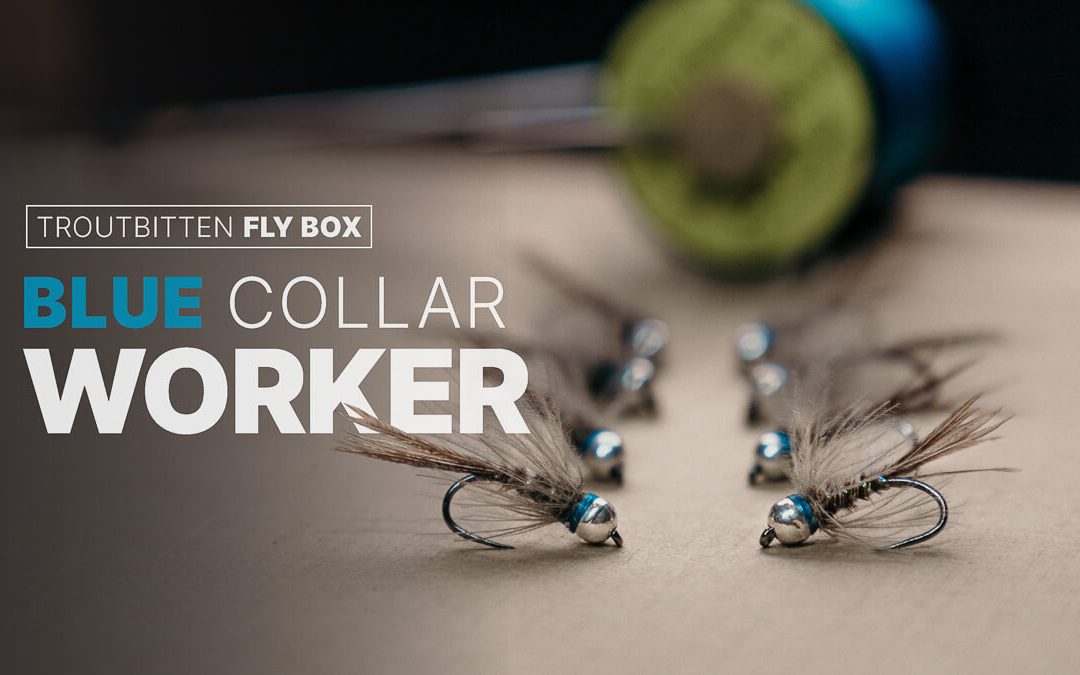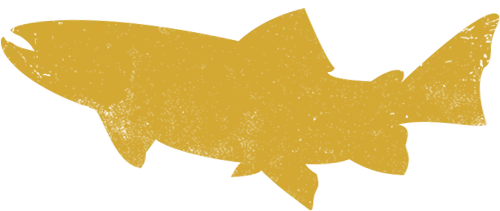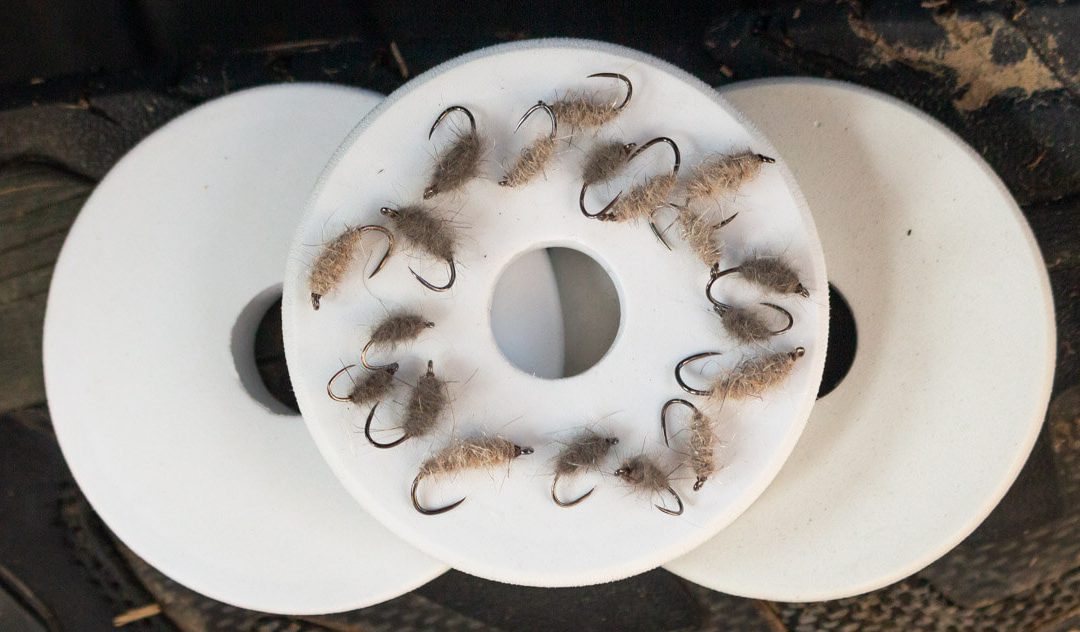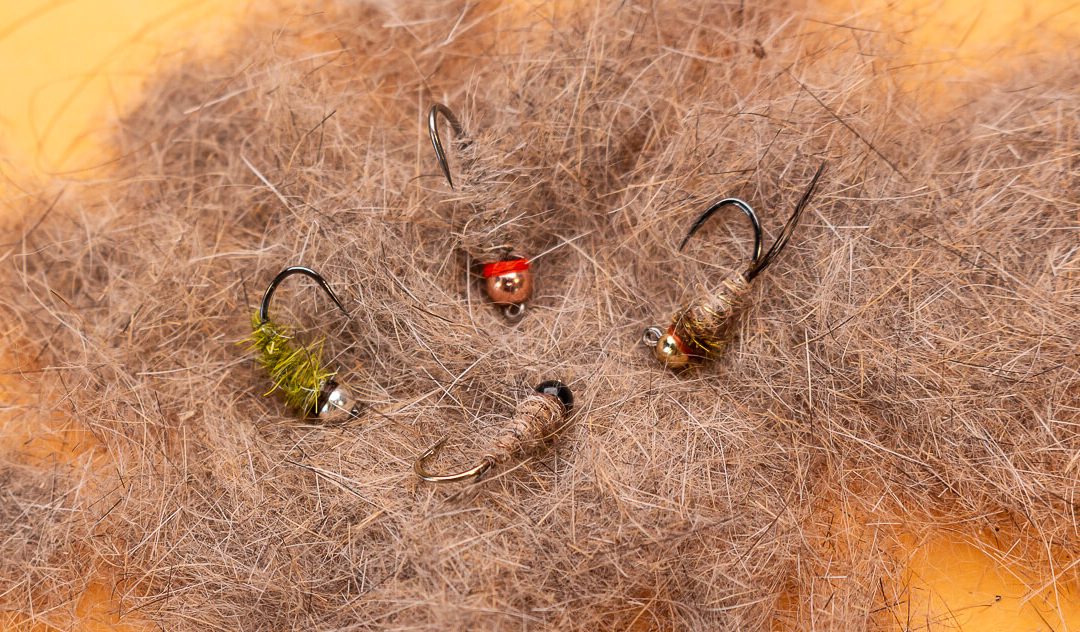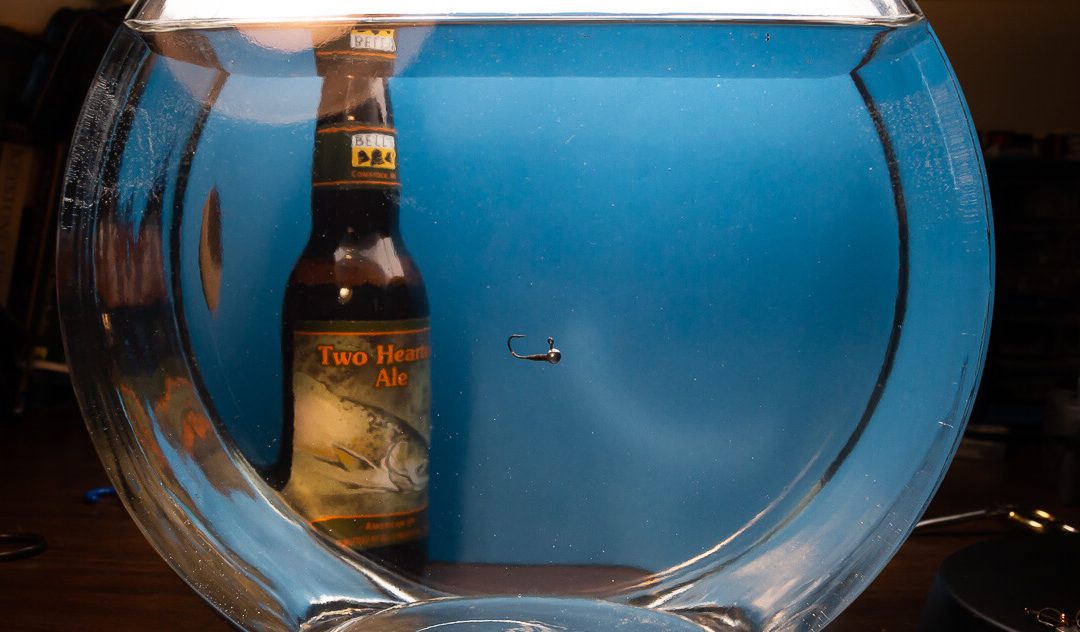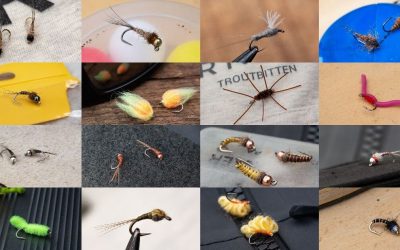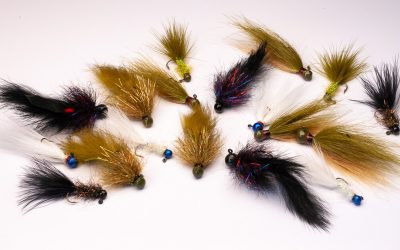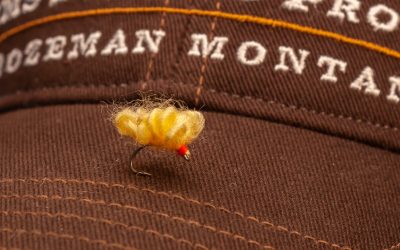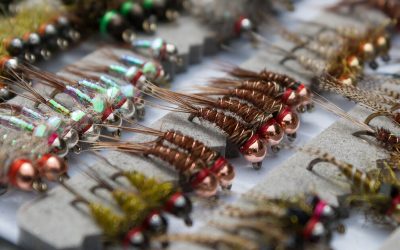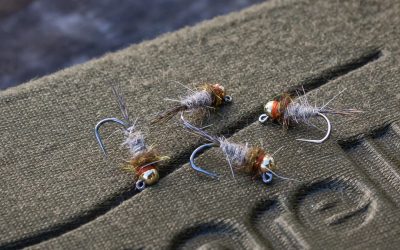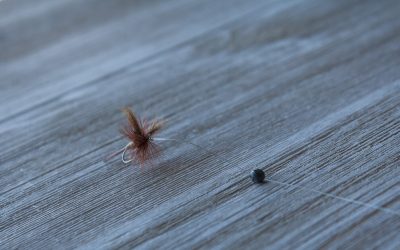Every once in a while, the mainstay beadhead nymphs in my box see a drop in productivity. Sometimes, it takes hours or even days of denial for me to accept the message. First, I try going smaller, into the #18 and #20 range, focusing on black beads and duller finishes that have mixed, mostly subpar results. Then eventually, I flip over a leaf in my fly box, where, on the backside, I have rows of natural nymphs. They carry no bead and have minimal lead wraps on the shank for weight. These are subtle, unassuming flies, and their main attraction is an inherent motion, providing a lifelike representation of the leggy critters that trout eat.
The flies are fur nymphs. And they’re the perfect change up when trout are tired of your beadheads.
When trout are sick of seeing flashbacks, sparkly dubbing, gaudy colors or rubber legs, feed ‘em fur . . .
